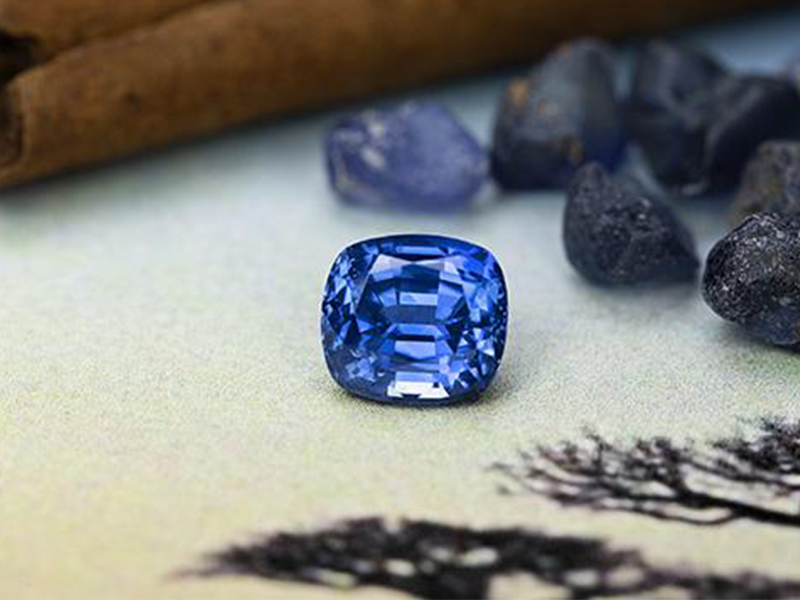
Treatment is any human-controlled process other than cutting and polishing that improves the appearance of the color or clarity, durability and value of a gemstone. The treatment and enhancement of gemstones has existed for centuries. Listed below are the most common of methods for gemstone treatments.
The heat treatment of gemstones is the most common treatment technique used on gemstones around the globe for centuries. It is part of the standard polishing and finishing process for many colored gemstones. As such, it is accepted by the jewelry industry and the American Gem Trade Association. The enhanced color and clarity of heat-treated gemstones is permanent.
The filling of a gem material with an oil, wax, glass, resin or other material, colored or colorless, to improve appearance. This process began centuries ago by gemstone merchants who found that immersing emeralds in oil or waxes made them look clearer to the unaided eye. This practice continues today with many colored gemstones.
The use of wax, resin or oil applied to the exterior of a porous colored gemstone to protect the natural substance, and to improve sturdiness and appearance.
The application of chemicals or other elements to lighten or enhance color consistency.
The act of adding coloring agents so that they permeate a colored gemstone to enhance or alter color.
The use of neutrons, gamma, ultraviolet and/or electron bombardment to alter a gemstone’s color. The irradiation stage of the process is then usually followed by a heating phase to effect the change.
- Heat Treatment
-
The heat treatment of gemstones is the most common treatment technique used on gemstones around the globe for centuries. It is part of the standard polishing and finishing process for many colored gemstones. As such, it is accepted by the jewelry industry and the American Gem Trade Association. The enhanced color and clarity of heat-treated gemstones is permanent.
- Infusion
-
The filling of a gem material with an oil, wax, glass, resin or other material, colored or colorless, to improve appearance. This process began centuries ago by gemstone merchants who found that immersing emeralds in oil or waxes made them look clearer to the unaided eye. This practice continues today with many colored gemstones.
- Coating
-
The use of wax, resin or oil applied to the exterior of a porous colored gemstone to protect the natural substance, and to improve sturdiness and appearance.
- Bleaching
-
The application of chemicals or other elements to lighten or enhance color consistency.
- Dyeing
-
The act of adding coloring agents so that they permeate a colored gemstone to enhance or alter color.
- Irradiation
-
The use of neutrons, gamma, ultraviolet and/or electron bombardment to alter a gemstone’s color. The irradiation stage of the process is then usually followed by a heating phase to effect the change.


 BLUE SAPPHIRE
BLUE SAPPHIRE 









 Blue Sapphire
Blue Sapphire Pink Sapphire
Pink Sapphire Yellow Sapphire
Yellow Sapphire Padparadscha Sapphire
Padparadscha Sapphire Green Sapphire
Green Sapphire White Sapphire
White Sapphire Amethyst
Amethyst Peridot
Peridot Moonstone
Moonstone Garnet
Garnet Aquamarine
Aquamarine Spinel
Spinel Ladies Rings
Ladies Rings Pendants
Pendants Earrings
Earrings Gent’s Rings
Gent’s Rings Bracelet
Bracelet